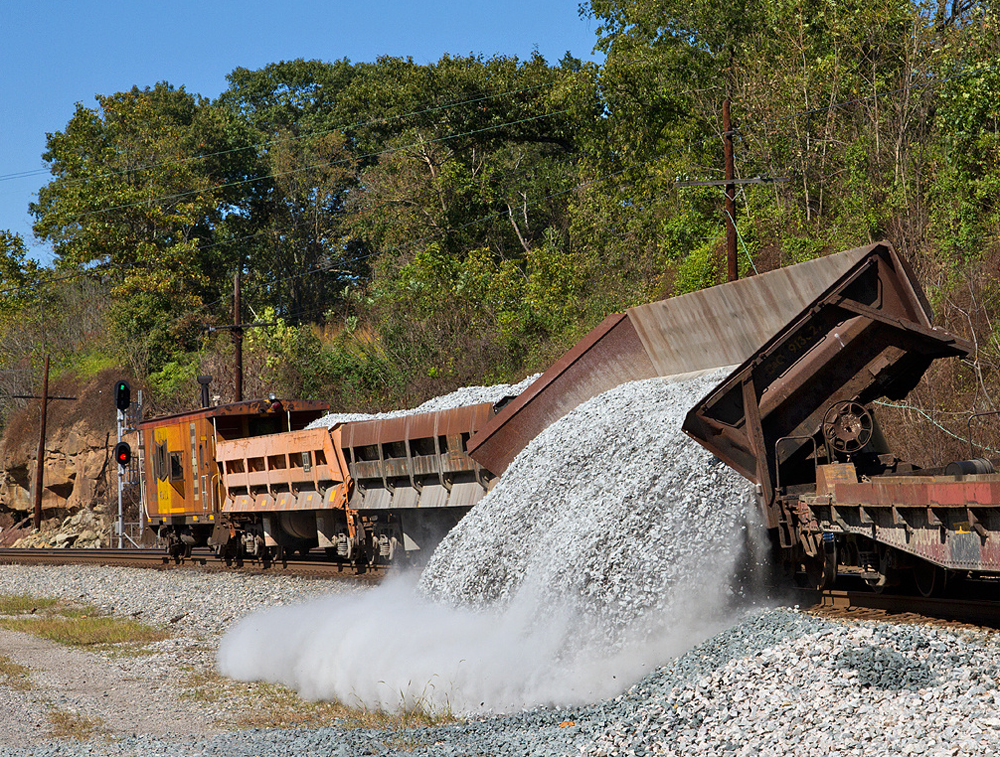
CHICAGO — Railroad capital projects to aid or accommodate traffic growth may temporarily slide to the back burner as inflation maintains near 40-year highs, driving up the costs of project materials as well as the interest rates to finance such projects.
Those making decisions on projects and operating within specific capital budgets are likely realizing that such projects now require more money. While most such work has contingency funds that can absorb fluctuating costs, it would be unusual to anticipate material costs rising by double-digit percentages. The economics of projects with budget caps or thin margins may be at risk because of inflationary pressure.
Inflation and supply-chain challenges are combining to drive up the costs of materials needed for most rail infrastructure work. In some markets, the costs of crossties, spikes, or aggregate are up more than 40% from a year ago, while supply-chain challenges have increased lead times for material orders.
As a result, projects that previously benefitted from easy monetary policy and a strong economy may be sidelined until the outlook is less murky. This isn’t to suggest railroads will pull back on capital spending; the companies are well into their spending for the year and are not likely to deviate from plan because of inflation. However, inflation does increase the prospect that projects in the early stages of development may be placed on hold until the environment is more conducive.
A recent Wall Street Journal report (paywalled) states higher interest rates may pinch freight carriers and put industrial real-estate deals on hold, but if tighter monetary policy helps tame inflation, it will allow for material costs to come down.
Projects may also lean more on federal funding than before, leveraging state and federal surface transportation dollars such as the U.S. Department of Transportation’s Consolidated Rail Infrastructure and Safety Improvement, or CRISI, grant program. This program awarded awarded $359 million in fiscal 2021 [see “FRA announces CRISI grants …,” Trains News Wire, June 2, 2022].
In the near term, the best scenario for the Fed is to gain control of inflation without having a drastic effect on the economy. This will help restore normalcy in an awkward post-pandemic economy.









